Meet Muu Blanco | Mixmedia Artists, Music Producer & Dj – VJ
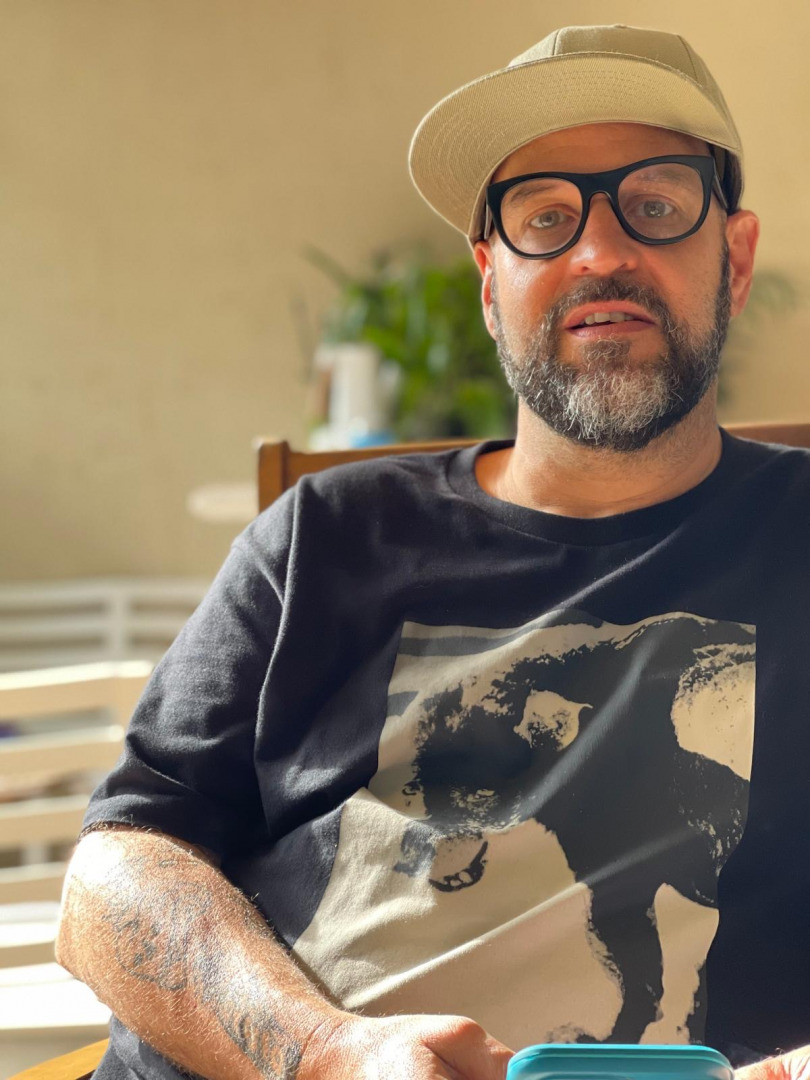

We had the good fortune of connecting with Muu Blanco and we’ve shared our conversation below.
Hi Muu, can you walk us through the thought-process of starting your business?
Before starting my own business, what I really had was a need for creative autonomy. From early on; I understood that my artistic practice and my relationship with music, sound art, and visual culture, couldn’t rely on rigid structures or traditional markets. My impulse wasn’t to “start a business” in the conventional sense, but rather to create my own working system, an ecosystem where all my passions could coexist: vinyl collecting, cultural critique, sonic experimentation, installation, and performance.
I thought: if there’s no space that represents me that reflects this blend of art, archive, noise, and Caribbean memory then I have to invent it. And that’s how #DrMuusica was born as a sonic identity, and #MuuBlanco as an expanded platform. Every piece, every DJ set, every curatorial project or installation has been part of that personal enterprise: a laboratory of ideas and affections that resists categories.
I didn’t set out to build a business; what I did was give shape and rhythm to a vision. Everything else the structure, the partnerships, the income, came later, as a result of staying true to that vision.

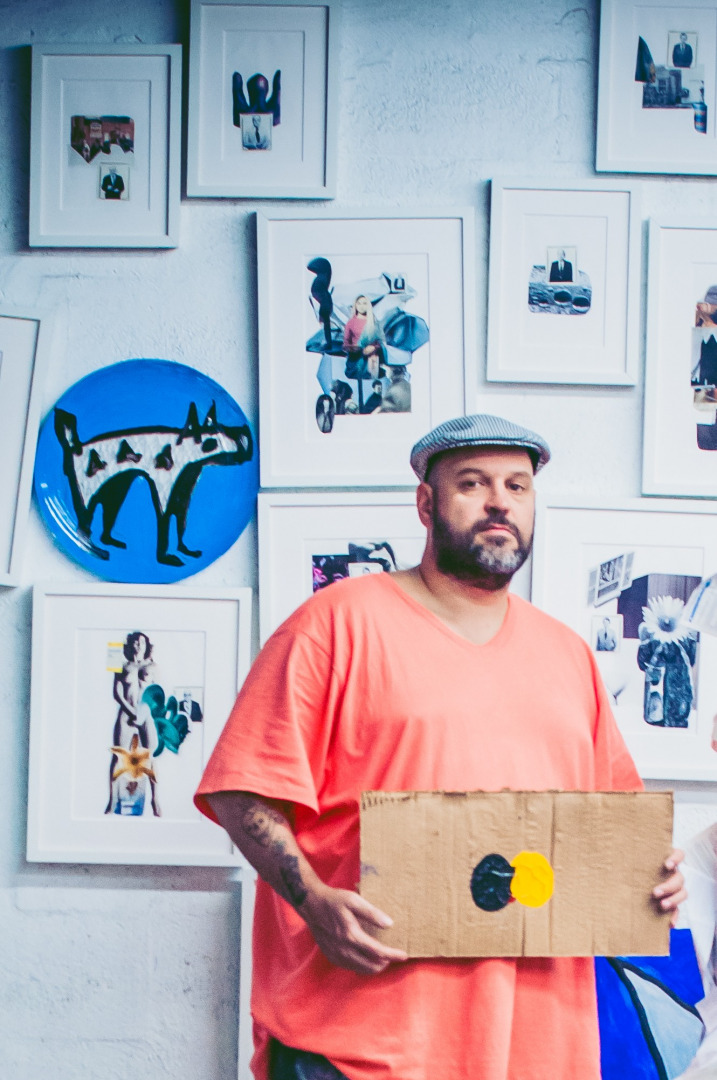
Alright, so let’s move onto what keeps you busy professionally?
My art is a form of interference. I’m not here to please; I’m here to provoke questions, disruptions, frictions. I move between sound, image, object, installation, and performance because I don’t believe in rigid boundaries. My practice is transdisciplinary, urban, critical, and deeply Caribbean. I’m drawn to instability, hybridity, to things that sound strange but reveal deep truths.
What sets me apart, perhaps, is the combination of archival work and experimentation. I work with historical materials, vinyl records, photographs, documents, fragments of memory, but I remix them, cut them, decontextualize them. I take pride in being able to translate those languages into sensory experiences, into works that carry body, sound, history, and also presence.
Getting here wasn’t easy. I come from a country marked by crisis, where sustaining an artistic career is an act of faith and stubbornness. But that same difficulty trained me in self-management and creative independence. I learned to do a lot with very little, to trust my voice, and to work from the margins without asking for permission.
I’ve gone through multiple reinventions from Caracas to Miami, from the visual to the sonic, from analog to digital. Each stage taught me that change isn’t a threat; it’s a language. That coherence isn’t about repeating formulas, it’s about staying true to a deep intuition.
One of my most important goals as an artist is to have my work included in museum and library collections in this country that has adopted me through naturalization. I want to contribute actively to the intellectual, critical, and cultural development of the United States, the country where I’ve dedicated the last 12 years of my professional life to work in the public sphere of multimedia arts. My work seeks to engage with this context, to bring something vital from the Latin American, Caribbean, and urban experience into the construction of new cultural narratives.
What I want the world to know is that DrMuusica is not just a brand, it’s a way of thinking the Caribbean, of listening to the city, of remembering through rhythm. My story is one of crossing maps many times without losing the internal compass. And I’m still listening still tuning into new frequencies.
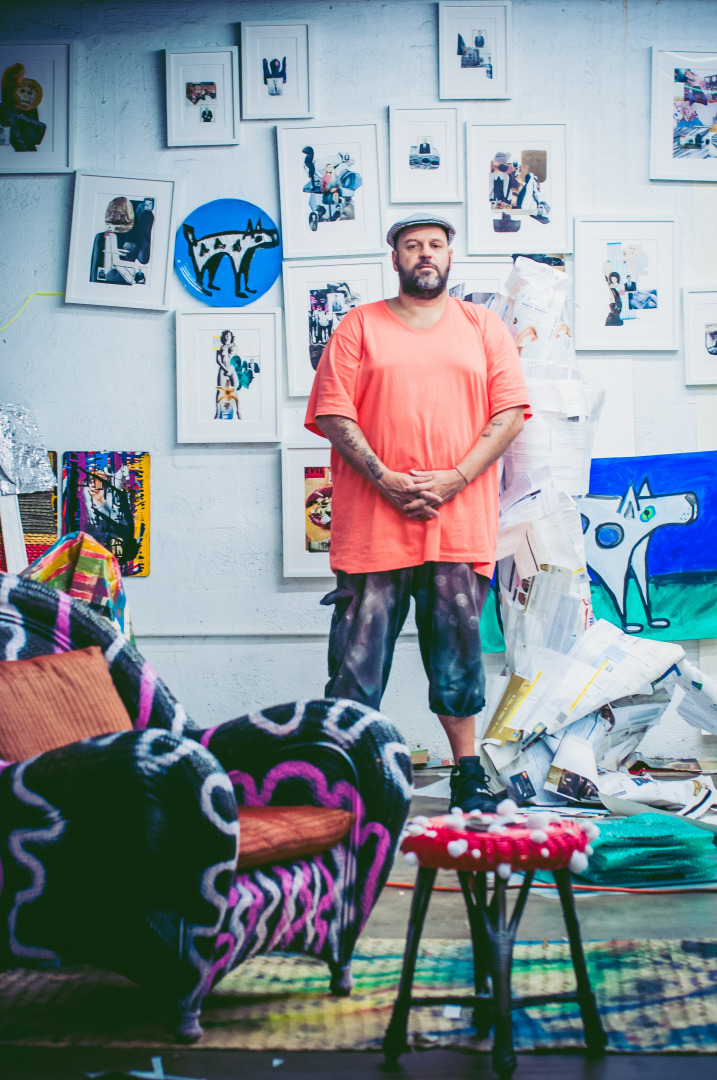
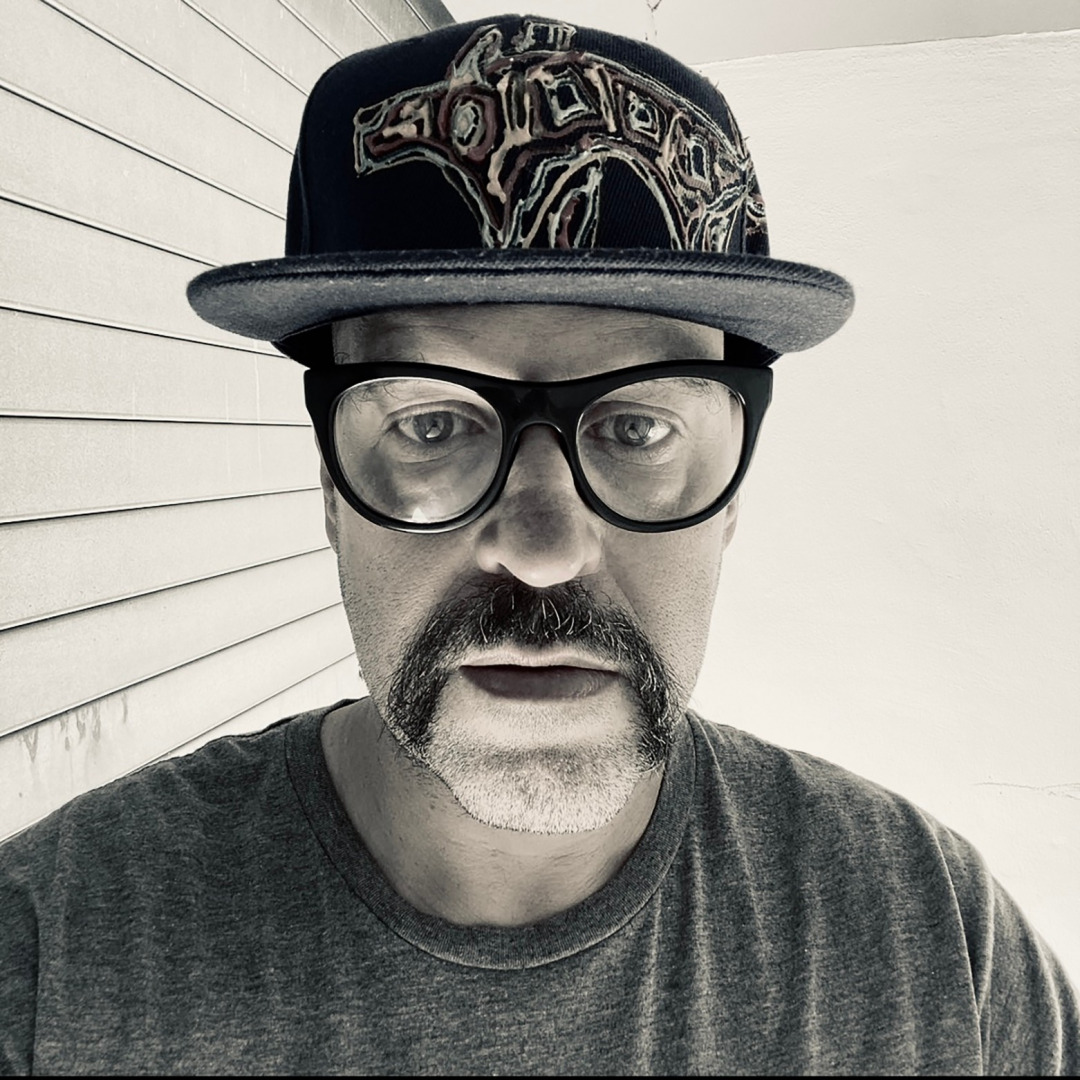
Let’s say your best friend was visiting the area and you wanted to show them the best time ever. Where would you take them? Give us a little itinerary – say it was a week long trip, where would you eat, drink, visit, hang out, etc.
If my best friend came to visit me in Miami, they wouldn’t get the typical postcard version of the city, no just beaches and shopping. I’d create an experience with texture, sound, history, and street. A full week to feel the city beyond the cliché.
Day 1 – Arrival Ritual:
I’d pick them up with music playing in the car, somewhere between Willie Colón and DJ Screw. First stop: Enriqueta’s Sandwich Shop for a classic, no-nonsense Cuban breakfast. Then we walk through Wynwood, but skipping the obvious; we’d hunt for the lesser, known murals, hidden studios, and independent galleries. We’d end the day at Gramps, catching a show or vinyl set.
Day 2 – Deep Miami:
We’d dive into Little Haiti. Stop at Libreri Mapou, a cultural Haitian gem, and explore the neighborhood. Lunch at Chef Creole, full of flavor and no filters. At night, I’d show them my studio or a current installation if I have one up, then close the evening spinning records at home with a good bottle of rum.
Day 3 – Art & Oddities:
We’d hit up the ICA Miami, and if possible, check out an exhibit at Locust Projects or Dimensions Variable, places with more daring proposals. At sunset, a walk on North Miami Beach, away from the tourist crowd. Dinner at Mandolin Aegean Bistro or something more low-key if we’re in wind-down mode.
Day 4 – Vinyl, Funk & Soul:
Record digging day. I’d take them to Sweat Records and some more underground spots. Meet up with fellow vinyl heads. Lunch at La Natural or Chifa Du Kang if we’re craving that Asian-Peruvian fusion. At night, either one of my DJ sets or a friend’s, filled with Afro-Caribbean gems and funk rarities.
Day 5 – Sea & Contrast:
Beach day, DrMuusica style. We’d go to Virginia Key or some quiet spot off the radar. Picnic with portable speakers and deep conversation. At night, an indie film at O Cinema or some experimental screening.
Day 6 – Streets & Roots:
We’d roam through Allapattah or Hialeah, places where the real city speaks. Street food, conversations with folks who’ve lived the Miami that never makes the guidebooks. If there’s a performance, street art, or local rumba, we stay for it.
Day 7 – Mystic Closure:
A day to wind down. Maybe visit the Deering Estate or Fruit & Spice Park. Blend it with ambient music or field recordings. Final dinner at home or in a small intimate place, with deep conversation, curated music, and some symbolic ritual, write something, record a sound, burn a wish.
Miami is many cities at once. I choose the one that sounds strange, speaks in accents, walks in heat, and dreams in rhythm. That’s the city I’d share with a friend, not the one you see, but the one you feel.
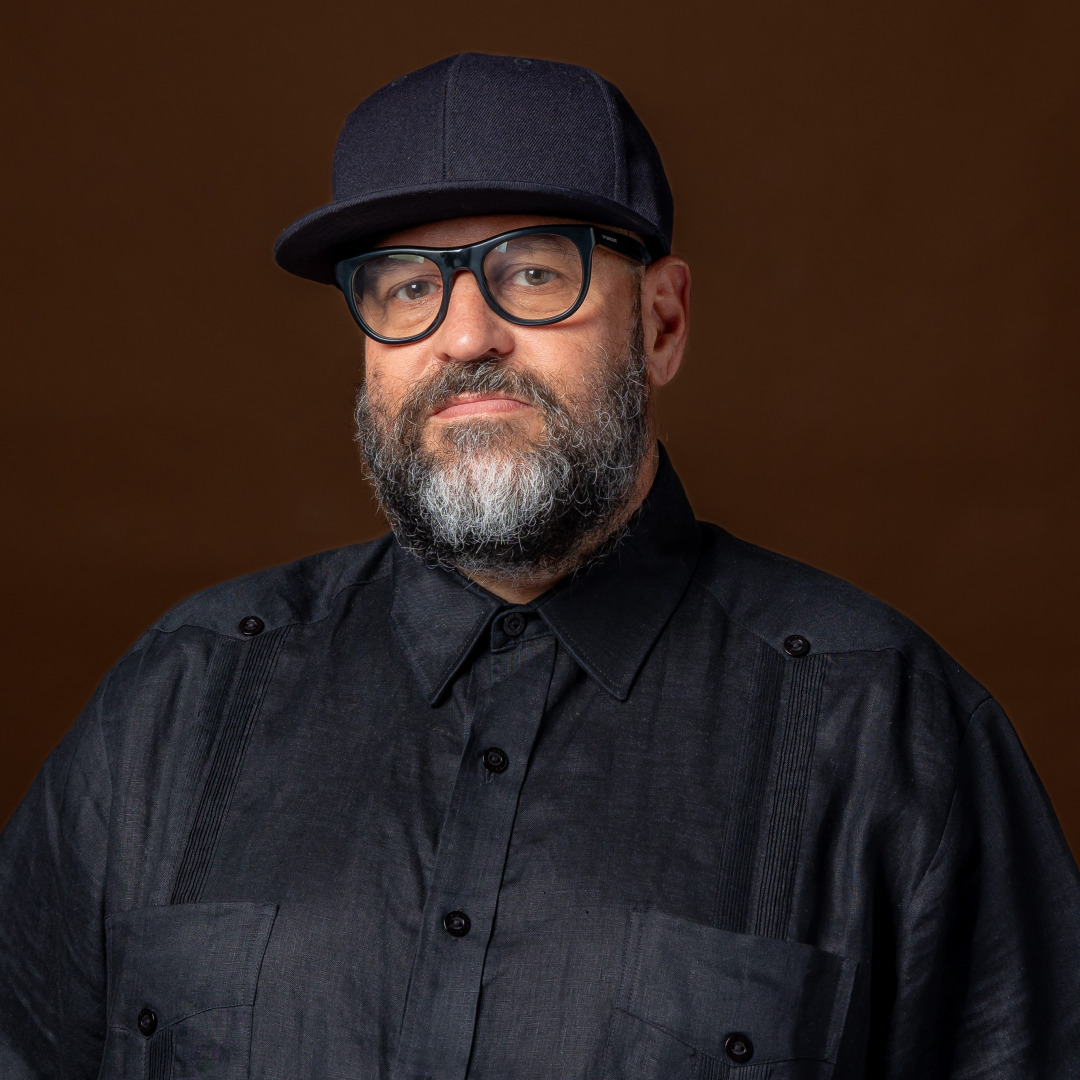
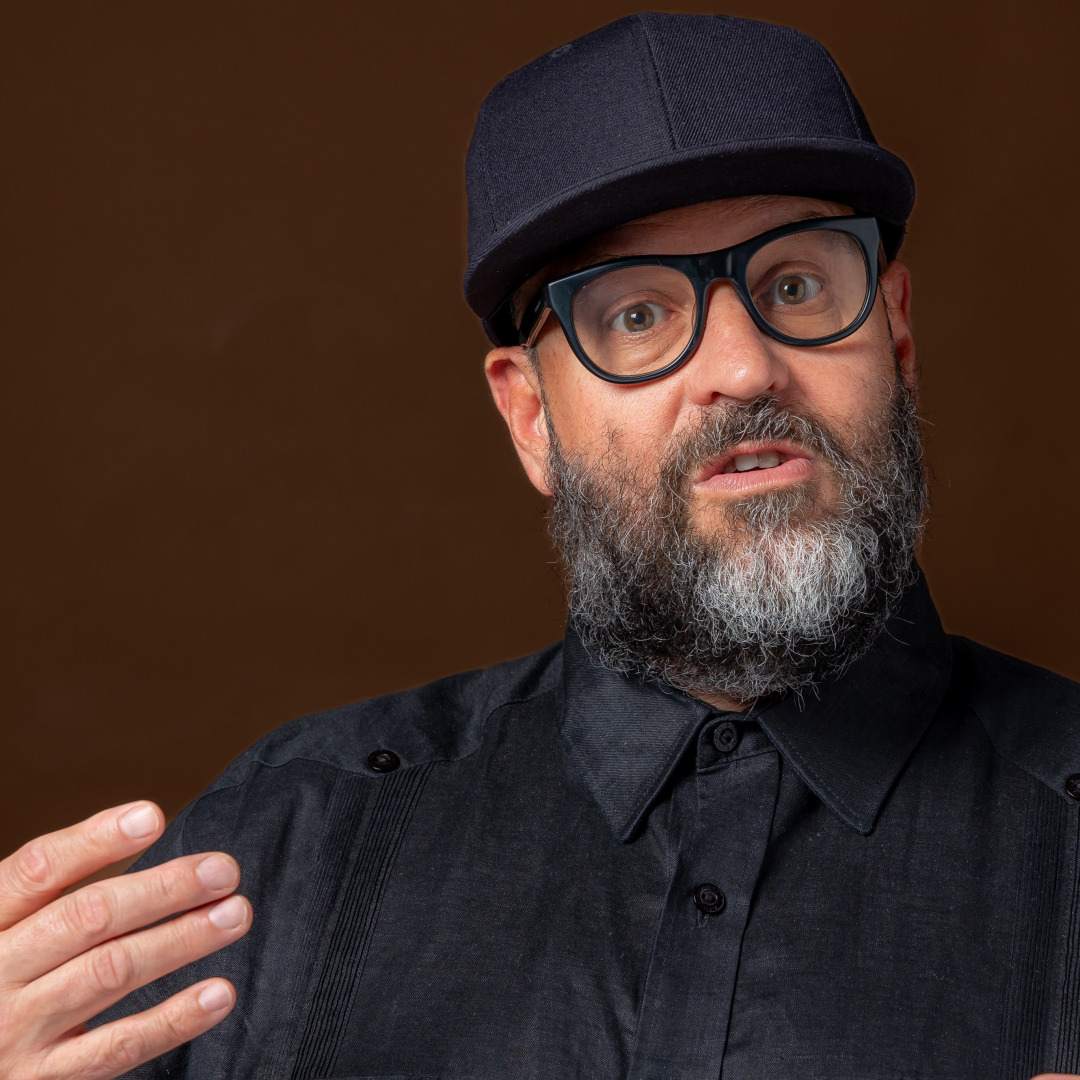
Who else deserves some credit and recognition?
No doubt. My story is not an island — it’s an archipelago of affections, influences, and complicities. First, I owe a great deal to my mother, who taught me that art is not a luxury, but a vital necessity. Also to the friends who became chosen family during the tough years in Caracas, with whom I learned that to create is also to resist.
I owe so much to the vinyl records I inherited and those I discovered on the streets, at fairs, in other people’s collections—those records are open books, teachers that taught me history, rhythm, and politics without saying a word.
Among key figures, the curator Gerardo Zavarce has been a lucid guide and a creative accomplice; his critical perspective has pushed me to rethink my practice and refine my visual and sonic language. I’m also deeply grateful to the Arts Connection Foundation (Andreina Fuentes Angarita) in Miami, which has believed in my work since 2014 and supported projects that merge art, the city, and sound.
Another important milestone has been the ability to self-publish my own books—editorial objects where I collect my archives, thoughts, collages, and visual wanderings. That act of self-editing has been essential in constructing my own language, without mediation.
And of course, it was an honor to be included in the 2020 reedition of Latin American Art Since 1900 by the Haitian-British critic and curator Edward Lucie-Smith—a major historical reference that acknowledges the value of Latin American voices in a contemporary key.
Finally, I’m grateful to the invisible masters: Sun Ra, Ismael Rivera, John Cage, Marcel Duchamp, Félix Guattari, Udon Pérez (my great-grandfather, the most important poet of Zulia), and Antonio Angulo Luzardo (Venezuela’s first abstract artist and my maternal grandfather)… presences that are always there, whispering through every project.
None of this is mine alone. It’s a collective vibration.
Website: https://linktr.ee/muublanco
Instagram: @drmuusica – @muublancovideoart – @muublancoartsound
Twitter: @MuuBlanco
Facebook: https://www.facebook.com/share/1AvH1cazXy/?mibextid=wwXIfr
Youtube: https://youtube.com/@muublanco?si=NJYfqYuDRScQEIIS
Other: http://muublanco.blogspot.com/
drmuuuusica@gmail.com
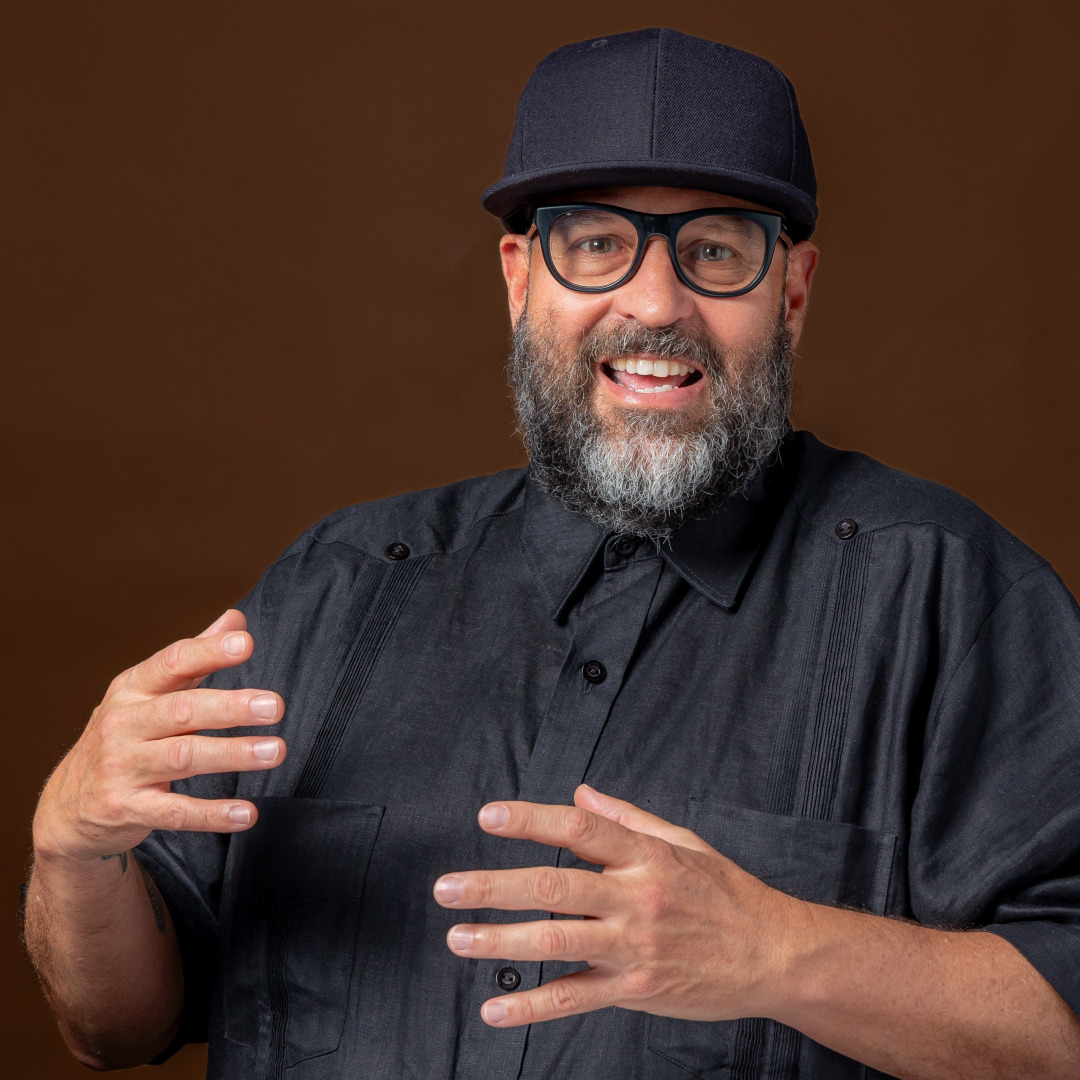
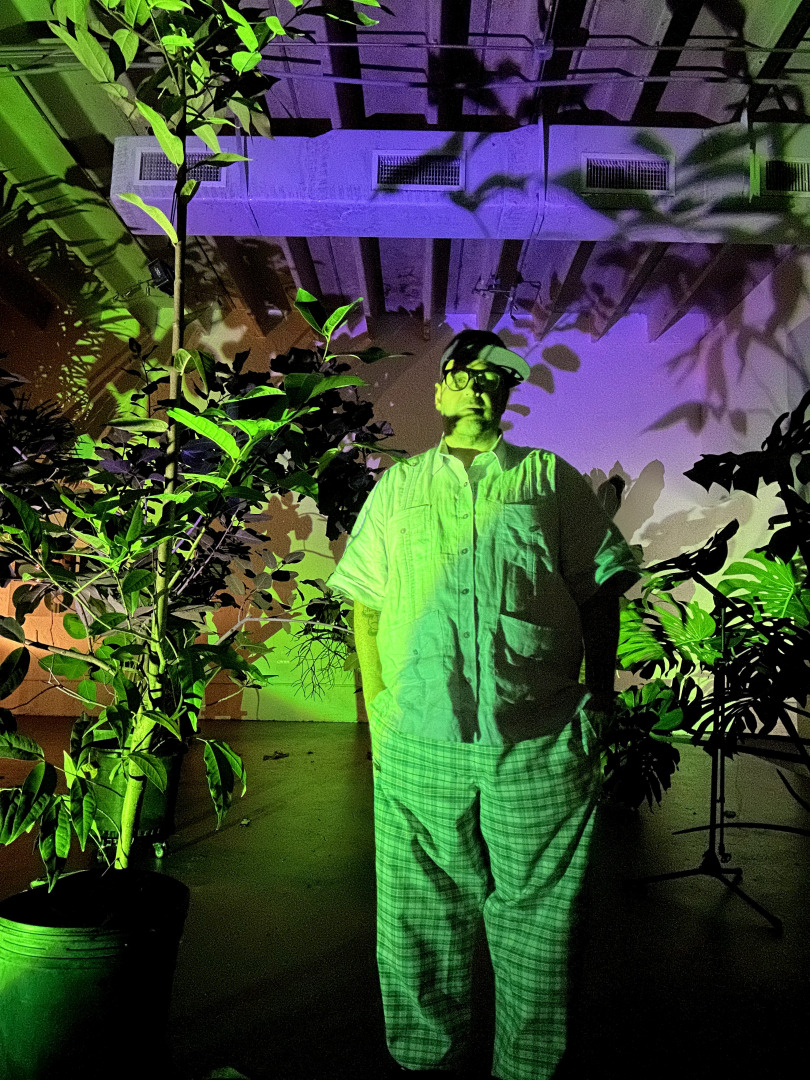
Image Credits
Muu Blanco
Yessica Zumoza Blanco
Jorge Andres Castillo
